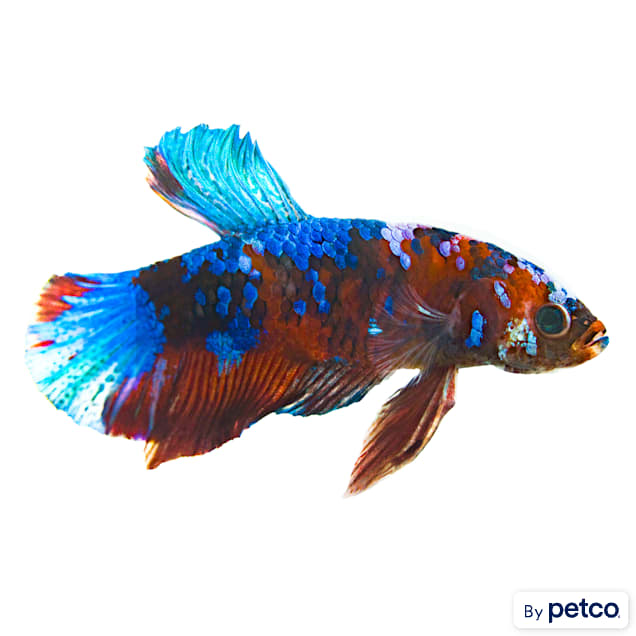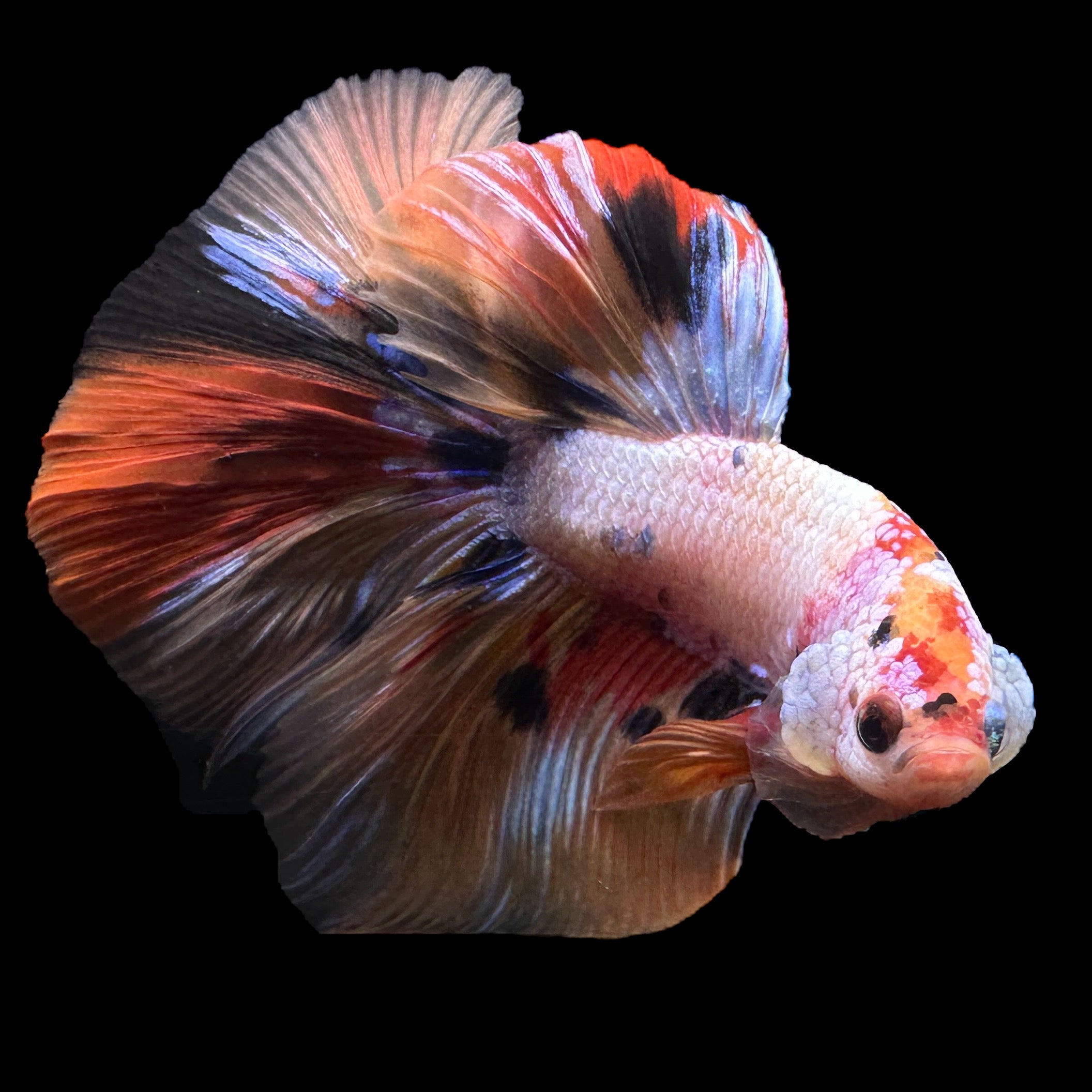Breeding Betta Fish: a Comprehensive Step-By-Step Overview to Efficiently Raising Baby Bettas From Eggs to The Adult Years
Breeding Betta fish is a precise venture that requires mindful planning and implementation to ensure the effective advancement of fry from eggs to mature fish. Picking genetically diverse breeding sets with preferable qualities is just the start; creating an ideal setting and understanding the complexities of the reproducing procedure are just as vital. As the male Betta diligently constructs a bubble nest and guards the precious eggs, the subsequent phases of treatment and change demand attention to detail and understanding of ideal techniques. How does one navigate the difficult yet satisfying course of nurturing these dynamic animals to the adult years?

Picking Reproduction Pairs
When starting the journey of breeding Betta fish, selecting the right reproduction pairs is important to accomplishing desirable attributes and a healthy and balanced family tree - betta fish. The primary step in this procedure is to determine the particular traits you desire to improve or maintain, such as shade, fin type, and body form. It is important to pick genetically varied sets to stay clear of inbreeding, which can cause health and wellness problems and undesirable features
Examine potential reproducing candidates carefully. A healthy and balanced male Betta should exhibit dynamic colors, an active disposition, and well-formed fins, while the female needs to likewise show vivid coloration and a rounded stubborn belly, showing preparedness for spawning. Observing the temperament of both fish is crucial, as aggressive or overly timid people might not breed effectively.
Documents of lineage is similarly crucial. Keeping records of the moms and dad fish's origins can help you track genetic attributes and potential problems. Additionally, seek advice from respectable dog breeders or online resources for assistance on choosing compatible pairs. Eventually, investing time in the option procedure will considerably boost the possibility of producing solid, lively children that satisfy your breeding objectives (betta fish).

Preparing the Breeding Container
Producing an optimum reproduction setting is a crucial action after picking appropriate sets for Betta fish. The breeding tank need to be particularly developed to provide convenience and stimulate the all-natural reproduction habits of the fish. Start with a container size of at the very least 10 gallons to ensure ample area for both the male and female Bettas.
Keep a gentle purification system to keep the water tidy while preventing solid currents that can worry the fish. In addition, an air stone can be included to offer oxygenation without interfering with the water surface excessive.
Temperature level regulation is crucial; go for a stable variety of 78-82 ° F(25-28 ° C) making use of a trustworthy heater. The pH degree should be preserved in between 6.5 and 7.5, and regular water modifications are essential to guarantee high water high quality.
Include floating plants or spawning sponges to develop hiding areas for the lady, while also motivating bubble nest building by the man - betta fish. Make certain the tank is totally free from sharp designs and any kind of possible threats, as the welfare of the fish should always be prioritized during this important stage of reproduction.
The Reproduction Refine
Typically, the breeding procedure for Betta fish involves a series of distinct and observable behaviors that indicate readiness for recreation. The male Betta starts by constructing a bubble nest at the water's surface area, which offers as a website for the fed eggs. This nest is critical, as it provides a secure setting for the eggs till they hatch out.
When the nest is developed, the male will display courtship behaviors, such as flaring his fins and exhibiting vibrant shades to bring in the woman. The woman, upon noticing the male's preparedness, will certainly react by showing vertical stripes along her body, signaling her receptiveness.
When the female strategies, the male takes part in a breeding dancing, commonly causing an accept called the "spawning." During this embrace, the female launches her eggs, which the male feeds immediately. The fed eggs after that fall to the bubble nest, where the male carefully gathers and returns them to the nest. Following this, the male assumes responsibility for securing the nest and making sure the safety and security of the eggs until they hatch, normally within 24-36 hours. This phase is crucial in the breeding process, laying the foundation for successful fry development.
Taking Care Of Betta Fry
Caring for Betta fry needs mindful attention to their environment and nutrition to make sure healthy and balanced growth and advancement. After hatching, Betta fry are incredibly little and at risk, necessitating a steady and clean environment.
Feeding Betta fry is just as important. At first, they must be supplied infusoria or carefully smashed top quality fry food, as their mouths are as well little to take care of bigger particles. As they expand, you can progressively present bigger foods, such as infant salt water shrimp or powdered flakes, to ensure they get appropriate nutrition. Feed them little amounts have a peek at these guys a number of times a day, being cautious not to overfeed, which can cause water high quality problems.
Transitioning to Grownup Bettas
As Betta fry fully grown, transitioning them to adult Bettas is an essential stage that needs cautious management of their environment and social communications. This procedure commonly starts when the fry reach around six weeks old, at which factor they can be progressively introduced to a more organized living atmosphere.
To promote this shift, it is necessary to make sure that the water criteria-- such as temperature level, pH, Bonuses and ammonia levels-- are optimum and secure. Adult Betta fish thrive in cozy water (around 78-80 ° F) with a pH of 6.5 to 7.5. Slowly adjust the fry to these problems to reduce stress and anxiety.
Social communications are another crucial factor; male Bettas are infamously territorial and aggressive. It is recommended to different men into specific tanks as they develop. Women Bettas can be housed together, yet care must be required to keep track of for indicators of aggression.
Furthermore, nutritional adjustments ought to be made as the fry expand. Include premium pellets and live foods to sustain their development and health. By handling these variables effectively, you can promote an effective change to adulthood for your Betta fish.

Final Thought
Effective breeding of Betta fish needs cautious interest to detail throughout the entire process, from selecting genetically varied sets to go to website giving optimal look after fry. By guaranteeing suitable breeding problems and preserving water quality, the possibility of healthy spawn boosts dramatically. Furthermore, a balanced diet and steady adjustment to adult settings are critical for the growth and development of Betta fish. Adhering to these actions vigilantly cultivates a growing population of Betta fish, enhancing both their wellness and vitality.